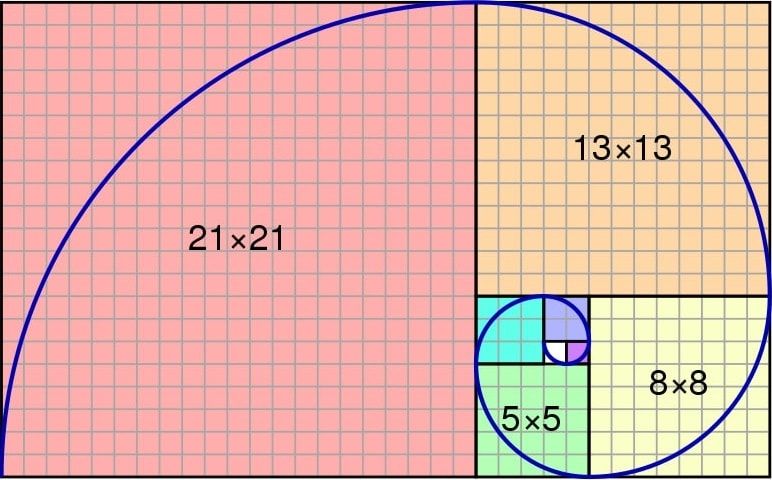
2, 2322 ) (Sartwell).Īristotle’s mentor, the Greek philosopher, Plato (427-347 BC), proposed a tripartite theory of soul harmony ( Republic, c. More precisely, he proposes that “a living creature, and every whole made up of parts, must … present a certain order in its arrangement of parts” to be considered beautiful ( Poetics, vol. Aristotle believed the mathematical sciences uniquely demonstrate the chief forms of beauty, which are order, proportionality, symmetry, and definitude (size limitation) ( Metaphysics vol. The classic opinion is that beauty exists when integral parts are arranged into a coherent whole exhibiting proportion, harmony, symmetry, unity, and order. Objective beauty can be more complex than bilateral symmetry or mirroring special number sequencing and ratios are evident in diverse applications, such as literary texts (Euclid’s Elements and Shakespearean sonnets) and architecture (the Parthenon and the Taj Mahal), botany (red rose) and sculpture (Polycleitus’ Doryphoros). The desire for harmony – one of the most ancient and primal aesthetic cravings – still exists Fibonacci’s sequence helps people objectify the subjective components of beauty (“As Easy”). This stimulus duration is too brief for eye movements to be completed.” Architect Don Ruggles, in his book titled Beauty, Neuroscience & Architecture, Timeless Patterns and Their Impact on Our Well Being, concludes, “this implies that human symmetry processing is a global, hard-wired activity of the brain” (Miller). Evidence suggests that “humans can detect symmetry within about 0.05 of a second.

Modern neuroscientific research supports the ancient assumption that humans favor the aesthetic appeal of order and symmetry. His proclivities were not uncommon either in his day or in ours. To a businessman like Fibonacci, order was beautiful. He considered the art of calculation with Hindu-Arabic numerals to be appealing because their use facilitates the creation of harmonious, orderly, proportionate dimensions.

(Previous Section: Chart of Terms) Buy Now on Amazonįibonacci believed that calculation was an art form to him, it was a “marvelous” thing of beauty. All citations are catalogued on the Citations page. This is an excerpt from Master Fibonacci: The Man Who Changed Math.


 0 kommentar(er)
0 kommentar(er)
